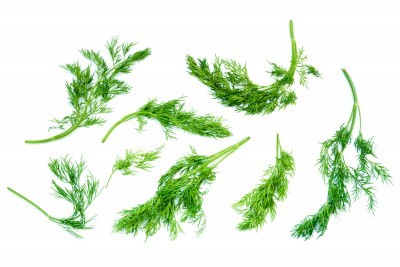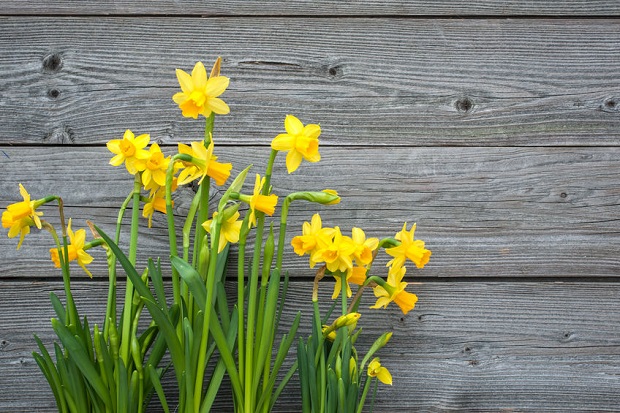
Can You Freeze Dill?
Freezing dill is an often overlooked method of preservation. Many people opt for the more traditional drying method of preservation for dill as well as most other fresh garden herbs. Utah State University’s Yard and Garden Extension states that “freezing is the appropriate way to preserve dill’s distinct flavor.” Freezing is simple; unlike drying, it can preserve and lock in that fresh taste longer. [1]
Jump Ahead
- When to Harvest Dill for Freezing
- How to Harvest Dill for Freezing
- Preparing Dill for Freezing
- Freezing Dill In Freezer Bags
- Wax Paper Helps Separate Herbs
- Freezing Dill In Ice Cubes
- The Downside to Freezing Dill
- Resources
When to Harvest Dill for Freezing
The most important factor when it comes to freezing dill is to harvest it at the peak of freshness and freeze it immediately. Dill can be harvested at any time once the fernlike leaves have developed but are at their peak freshness right before the flower heads open. Also, harvest your dill in the early morning while the essential oils are the strongest. [2]
How to Harvest Dill for Freezing
To harvest dill, use clean pruning scissors to cut individual leaves at the stalks or cut the stalks a few inches from the ground, discarding any thick, tough stems. [3] Strip any damaged leaves and remove any flower heads. [4]
Preparing Dill for Freezing
Blanching is not necessary for dill. All you need to do is rinse it off and pat it dry, being careful not to crush it. A salad spinner is also a great tool for drying wet dill. Freeze as soon as possible to retain freshness. [5]
Freezing Dill In Freezer Bags
According to the National Center for Food Preservation experts, freezing is as simple as wrapping a few sprigs or leaves in freezer wrap and placing them in a freezer bag. Seal and freeze. [6]
Wax Paper Helps Separate Herbs
Because freezing dill together in a freezer bag can cause them to clump together, it can be helpful to freeze dill leaves individually. Here’s what the experts suggest.
Liz Mieman from the Iowa State University’s Extension and Outreach suggests using wax paper to make it easier to separate frozen herbs. She advises rolling or folding the wax paper so that a layer of paper separates each herb layer. Then, pack the paper and all in freezer bags. [7]
The Oklahoma State University Extension advises you can also freeze leaves individually to pull out as needed. They advise stripping the leaves from the stems and then spreading them in a single layer on a cookie sheet. Freeze. As soon as they are frozen, place them in a freezer bag. [8]
Freezing Dill In Ice Cubes
The experts at the North Carolina State Cooperative Extension suggest one easy method of freezing herbs is in ice cube trays. To freeze dill as ice cubes, partially fill ice cube trays with water. Coarsely chop the dill, drop it into the water, and freeze. Once frozen, transfer to freezer bags. You can pre-measure the dill for easy use in soups. Place one tablespoon of dill in one ice cube and drop into your broth. [8]
The Downside to Freezing Dill
While freezing preserves flavor, it also causes the water in the cell walls to expand, which results in limp herbs once they are thawed. Most frozen herbs are best used in cooked dishes such as soups and sauces. [9]
Resources
- [1][3] Utah State University Yard and Garden Extension – “How to Grow Dill In Your Garden.“
- [2] [4] University of California UC Master Gardener Program of Sonoma County – “Harvesting and Preserving Dill.“
- [5][9] Penn State Extension – “Freezing Herbs: Some herbs maintain their flavor better when frozen instead of dried.“
- [6] National Center for Food Preservation – “Freezing Herbs.“
- [8] North Carolina State Cooperative Extension – “Harvesting and Preserving Herbs for the Home Gardener.”
- [7] Meimann, Liz – Iowa State University Extension and Outreach – “Freezing Garden Herbs – Answers.“
- [8] Oklahoma State University Extension – “Freezing Herbs.“





